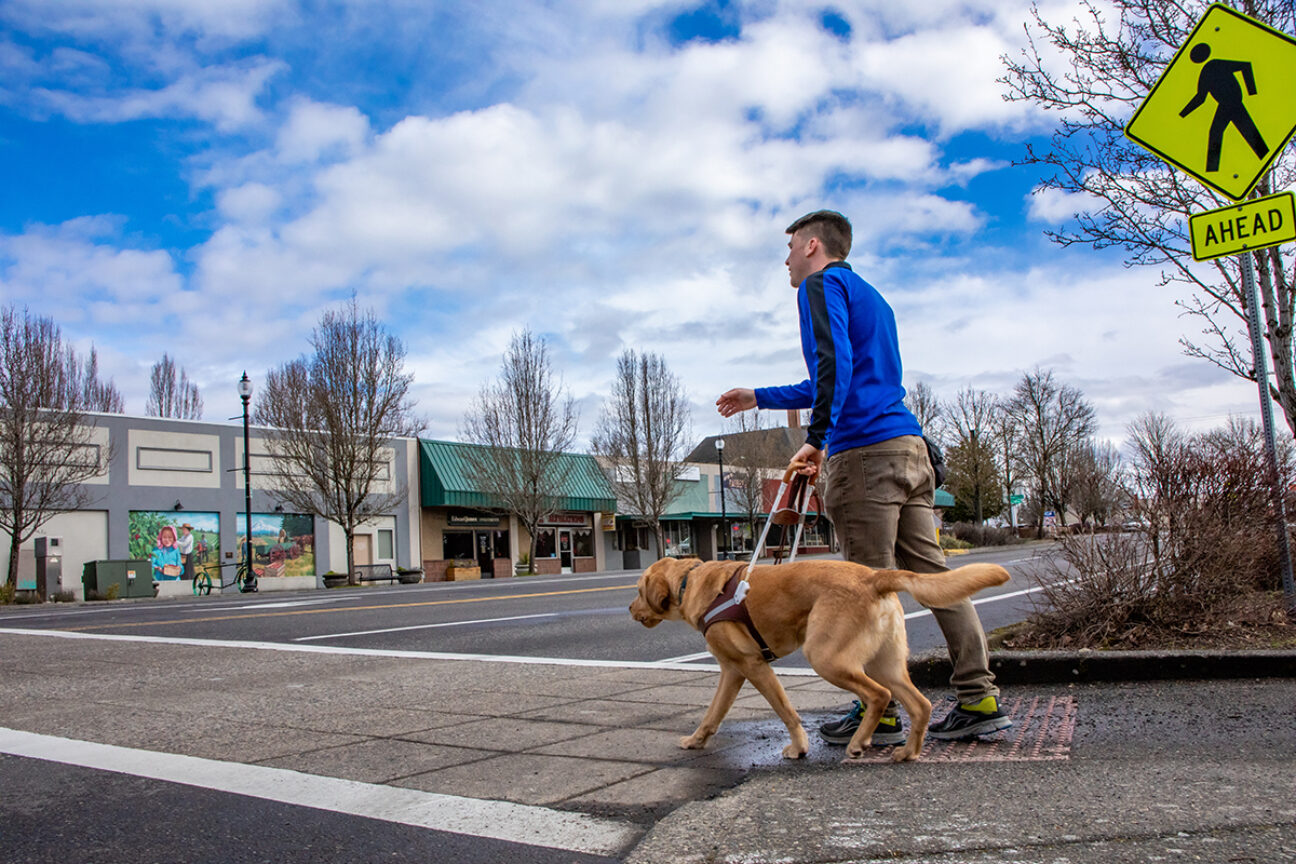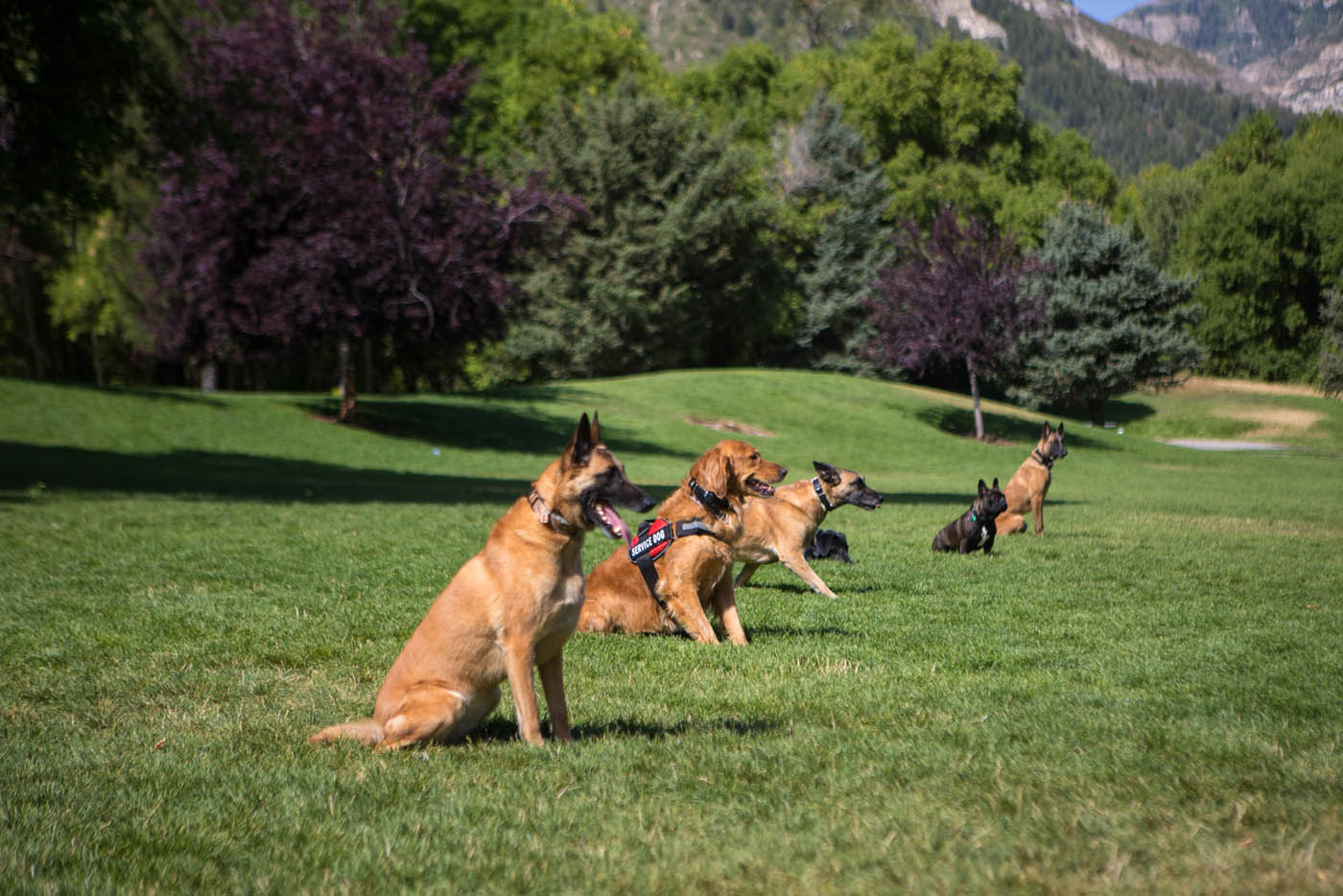Essential Tips for Successful Dog Training: A Guide for Beginners
Essential Tips for Successful Dog Training: A Guide for Beginners
Blog Article
Newbie's Guide to Successful Dog Training in your home
Effectively educating a dog in the house calls for a nuanced understanding of canine habits and efficient interaction techniques. Developing clear training goals, using high-quality incentives, and keeping uniformity throughout relative are essential components. Moreover, integrating training right into everyday regimens can enhance both involvement and retention. Lots of newbie fitness instructors experience difficulties that may prevent development. To navigate these intricacies effectively, it's necessary to check out a number of essential elements that can change your method and result in an unified partnership with your family pet. What essential principles should every newbie understanding to ensure success?
Comprehending Dog Behavior
Understanding dog habits is important for effective training and fostering a harmonious relationship between human beings and their canine companions. Dogs interact mostly via body movement, articulations, and faces, making it vital for proprietors to analyze these signals precisely. Recognizing actions such as tail wagging, growling, or cowering can provide insights into a dog's mood and purposes.

Common behavior problems, such as aggression, anxiousness, or extreme barking, typically originate from misunderstandings or unmet needs. Observing and dealing with these concerns quickly can prevent escalation and make sure a positive training experience. By promoting a deep understanding of dog behavior, proprietors can tailor their training approaches to fit their canine companions, eventually causing a mannerly and contented pet.
Necessary Training Devices
A well-equipped training area can considerably boost the effectiveness of canine training in your home. Vital training devices make sure that both the fitness instructor and the pet dog can participate in efficient sessions that promote learning and bonding.

Spending in a durable leash and a comfy, well-fitting collar or harness is crucial for safety and security and control. These devices help develop limits and ensure the pet continues to be safe and secure during training. In addition, an assigned training location, cost-free from diversions, help focus for both the fitness instructor and the canine.
Training help such as training pads, cones, or agility tools can also boost the experience by introducing variety and challenges. Finally, having a note pad or digital app for tracking progression can be very useful, enabling you to keep in mind successes and locations for renovation. Utilizing these important devices will certainly develop a positive training setting and lay the foundation for effective understanding.
Producing a Training Routine
Establishing a regular training routine is crucial for efficient canine training in your home. A well-structured regular not just helps in strengthening preferred habits yet also provides your canine with a complacency and predictability. To create an effective training regular, start by recognizing details training objectives, such as fundamental commands, leash walking, or house-breaking.
Pick an assigned time daily for training sessions, ideally when your canine is alert and receptive. Sessions should be brief, roughly 5 to 15 mins, to preserve emphasis and stop tiredness. Consistency in timing and environment will enhance your canine's knowing experience.
Integrate training right into everyday tasks to enhance skills. Practice commands during walks or nourishment, which integrates finding out right into all-natural regimens. In addition, remain adaptable and readjust the regular as needed, suiting your pet's energy degrees and mood.
Positive Reinforcement Strategies
Positive support techniques are fundamental to effective dog training, promoting wanted behaviors via rewards rather than penalty. This method uses positive stimuli, such as deals with, praise, or play, to urge dogs to repeat particular actions. The foundation of this approach is timing; rewards must be offered right away complying with the wanted behavior to create a clear organization.
When executing favorable reinforcement, it is crucial to pick incentives that are motivating for your dog. High-value deals with, such as tiny items of hen or cheese, can be especially effective during training sessions. Additionally, varying the rewards can keep your pet's interest and interest.
Start with simple commands, like "sit" or "stay," and gradually development to much more complex jobs. Uniformity is key; ensure that all relative utilize the very same commands and incentive systems to stay clear of confusion.
Additionally, it is click to find out more vital to continue to be client and prevent aggravation. Pet dogs, like humans, learn at their own pace. By promoting a supportive training atmosphere through positive support, you can enhance your dog's discovering experience while strengthening the bond between you and your hairy companion, laying the foundation for successful training end results.
Common Training Challenges
While training a pet in the house can be a rewarding experience, it usually includes a collection of typical challenges that can check both perseverance and uniformity. One widespread problem is disturbance. Dogs might end up being easily sidetracked by noises, motions, and even aromas in their environment, making it hard to preserve their focus during training sessions.
An additional obstacle is variance in additional hints commands and reinforcement. If household participants make use of various hints or rewards, it can perplex the pet and prevent progress. Establishing a unified approach is necessary for efficient communication.
Additionally, dogs can experience frustration or stress and anxiety, especially if they do not recognize what is expected of them. This can cause unwanted behaviors, such as chewing or barking.
Ultimately, the timing of support is critical (Dog training). Postponed benefits can reduce the efficiency of positive reinforcement, as canines might fail to attach the habits with the benefit
Getting rid of these difficulties needs commitment, clear communication, and a structured training plan. Identifying and dealing with these common challenges will certainly lead the way for an extra pleasurable and successful training experience in your home.
Verdict
Finally, effective canine training at home demands a comprehensive understanding of canine habits and reliable communication techniques. By establishing clear training goals and making use of premium treats along with favorable reinforcement, the training procedure comes to be much more fulfilling for both the instructor and the dog. Persistence, flexibility, and consistency are necessary components that assist in knowing. Eventually, incorporating training into daily routines boosts the bond between pet and proprietor, making the experience both efficient and delightful.
Establishing a regular training routine is important for effective dog training at home.Positive support strategies are fundamental to efficient dog training, advertising wanted behaviors via rewards instead than punishment (Dog training). By fostering a supportive training environment with positive support, you can improve your dog's discovering experience while strengthening the bond in between you and your fuzzy companion, laying the foundation for successful training outcomes
In conclusion, effective dog training at home requires a thorough understanding of canine actions and effective communication techniques. By establishing clear training goals and making you could look here use of top quality deals with together with favorable reinforcement, the training procedure ends up being extra rewarding for both the pet dog and the trainer.
Report this page